Home > Integrated Products > VxRail > Guides > Planning Guide—VMware Cloud Foundation 5.1 on VxRail > VxRail virtual network planning
VxRail virtual network planning
-
Cloud Foundation on VxRail supports not only selecting the Ethernet ports on each node for physical network connectivity, but also assigning the Ethernet ports to be configured as uplinks for the supporting virtual distributed switches in the virtual infrastructure. This enables a more efficient bandwidth resource consumption model. It also enables the physical segmentation of VxRail and Cloud Foundation network traffic onto dedicated Ethernet ports, and enables segmentation onto separate virtual distributed switches.
If the VxRail nodes are configured with two Ethernet ports for networking purposes, all the VxRail network traffic and Cloud Foundation/NSX traffic is consolidated onto those two ports. Additional virtual distributed switches are not supported for the two-port connectivity option, so all VxRail and Cloud Foundation/NSX traffic flows through a single virtual distributed switch.
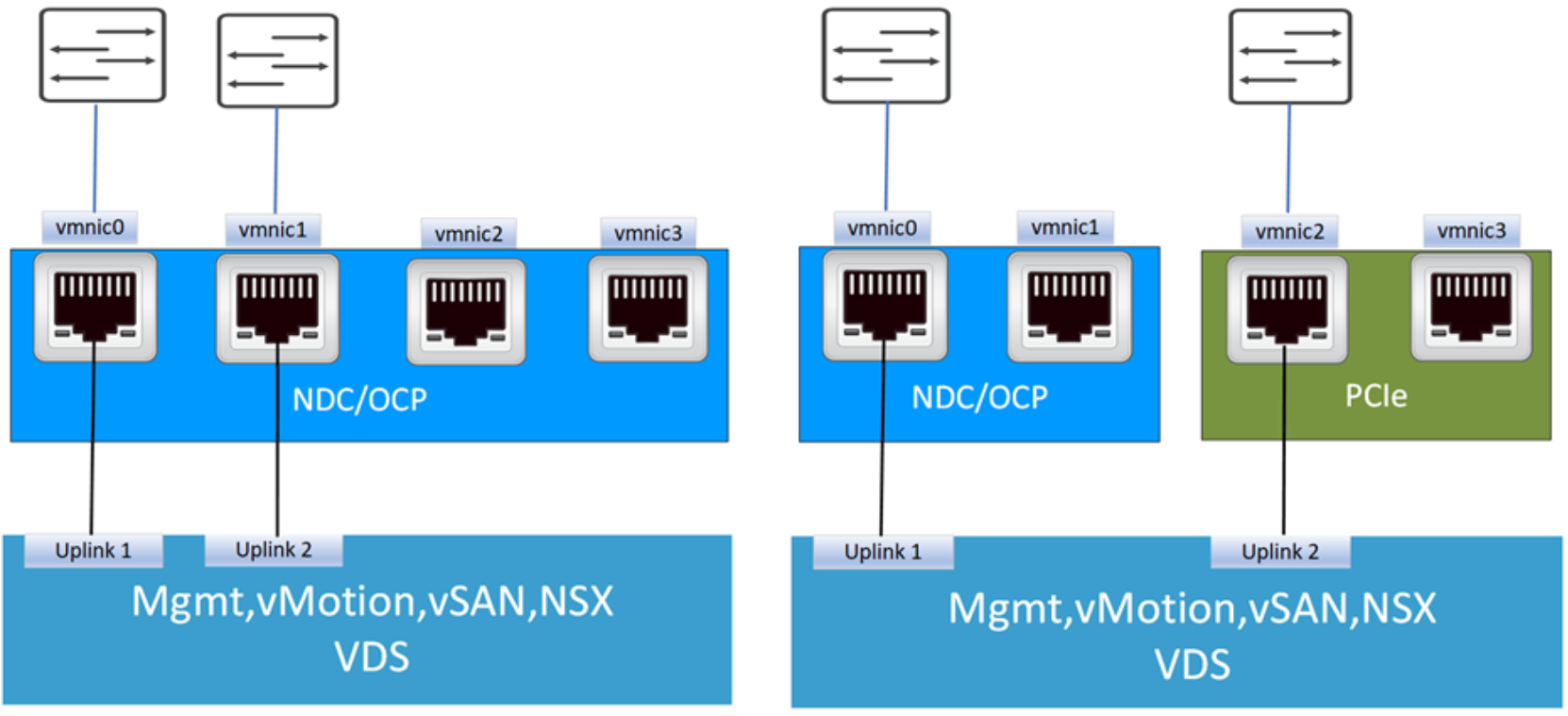
Figure 31. Two connectivity options for VxRail nodes with two NICs
With the option of deploying four NICs to a single VDS, you can use all four ports on the NDC/OCP, or you can establish the resiliency with a custom network profile to select NICs from both the NDC/OCP and PCIe devices. With this option, you can reserve two uplinks to support NSX traffic, or the NSX traffic can share uplinks with the other networks.
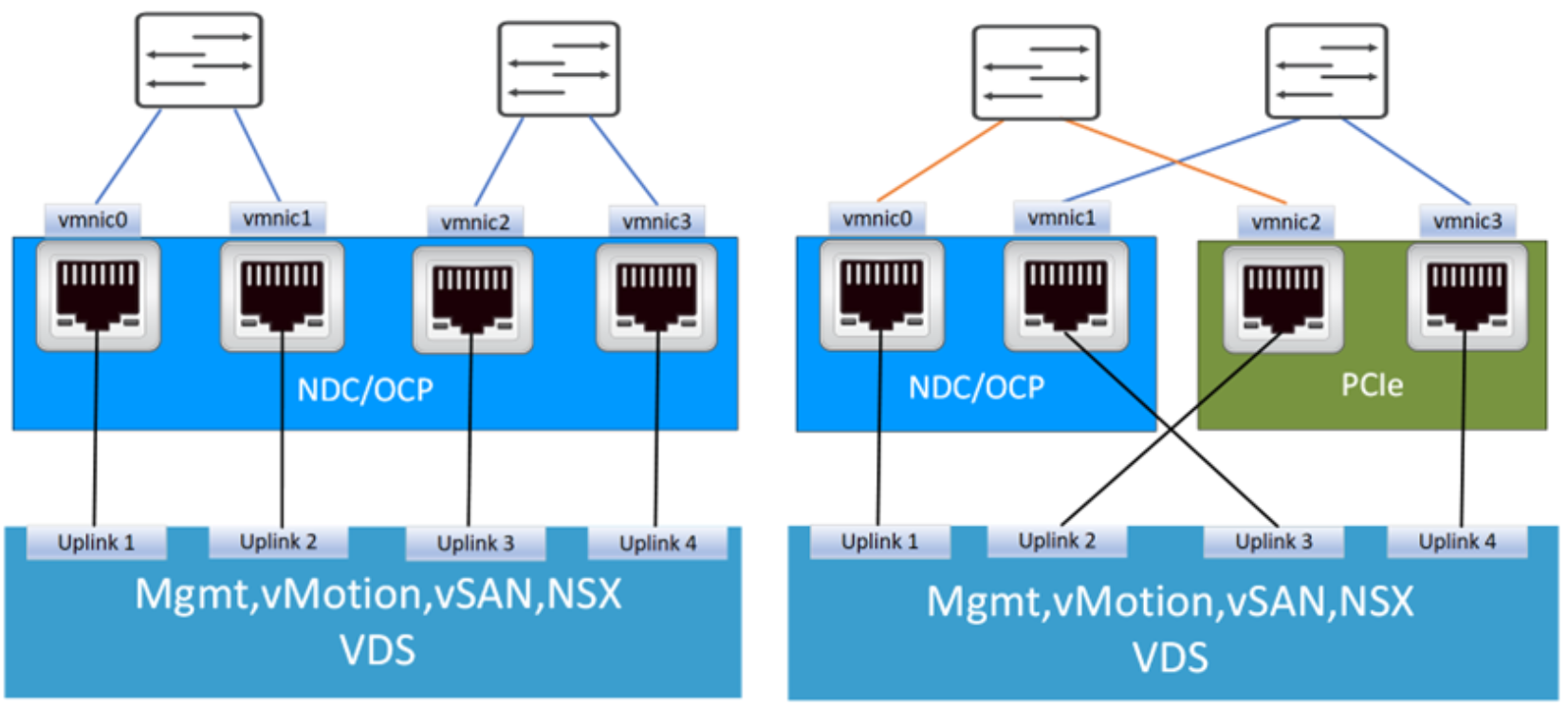
Figure 32. Two connectivity options for VxRail nodes with four NICs with a single VDS
Deploying Cloud Foundation on VxRail with four NICs enables the option to deploy a second virtual distributed switch to isolate network traffic. One option is to separate non-management VxRail networks, such as vSAN and vMotion, away from the VxRail management network with two virtual distributed switches.
Another option is to deploy NSX on a second virtual distributed switch to enable separation from all VxRail network traffic. This specific virtual distributed switch is solely to support NSX, and is not used for VxRail networking. If you select this option, you must reserve two unused NICs as uplinks for this specific virtual distributed switch.
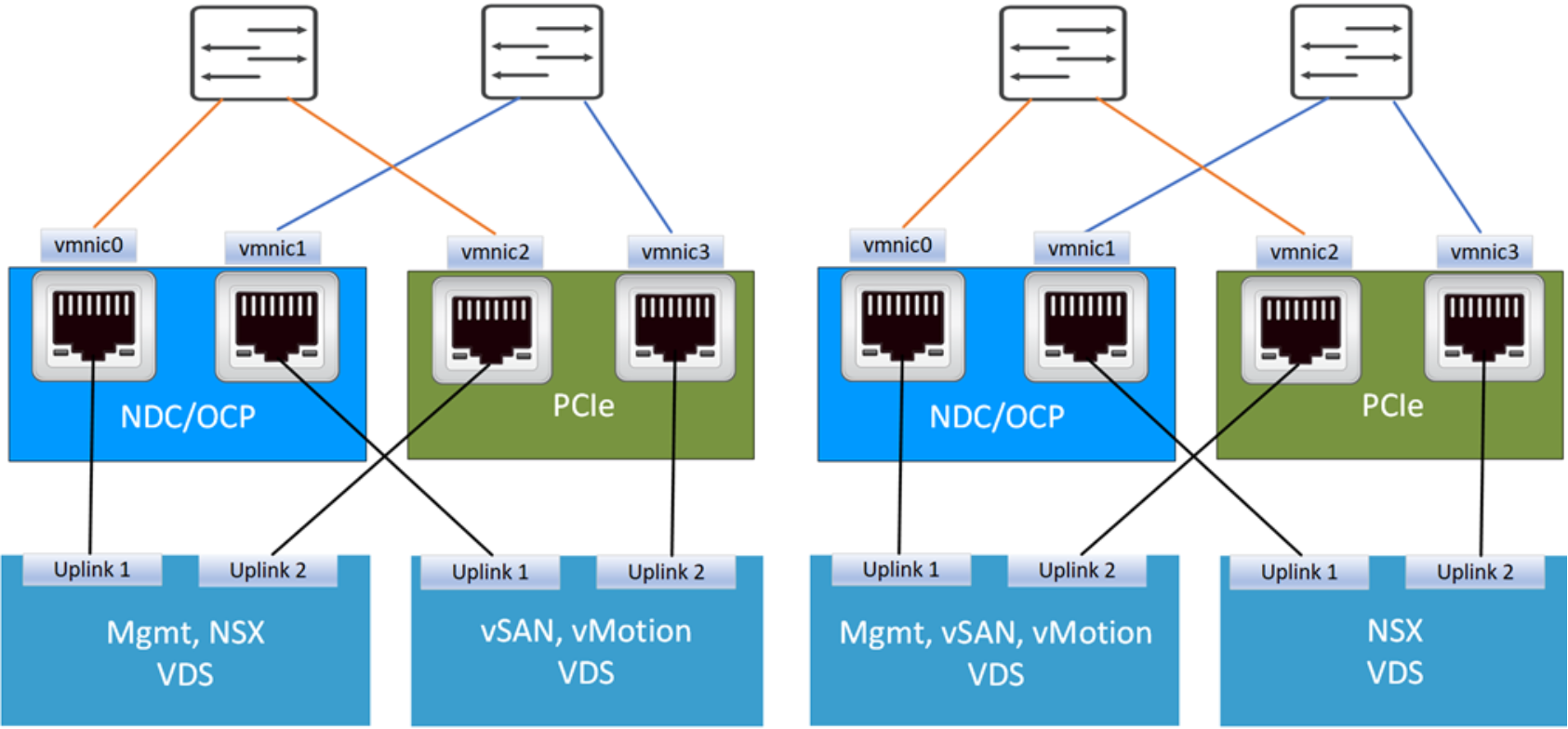
Figure 33. Two connectivity options for VxRail nodes with four NICs and two VDSs
For planned workloads that have high workload demands or strict network separation requirements, you can use six or eight NICs across the NDC/OCP and PCIe adapter cards to support Cloud Foundation on VxRail.
With the six-NIC option, you have the option to deploy up to three virtual distributed switches to support the Cloud Foundation on VxRail environment. If the desired outcome is to separate non-management VxRail networks and VxRail management networks, you can deploy a second virtual distributed switch at the time the VxRail cluster is built. With this option, you can reserve two uplinks to support NSX traffic, or the NSX traffic can share uplinks with the other networks.
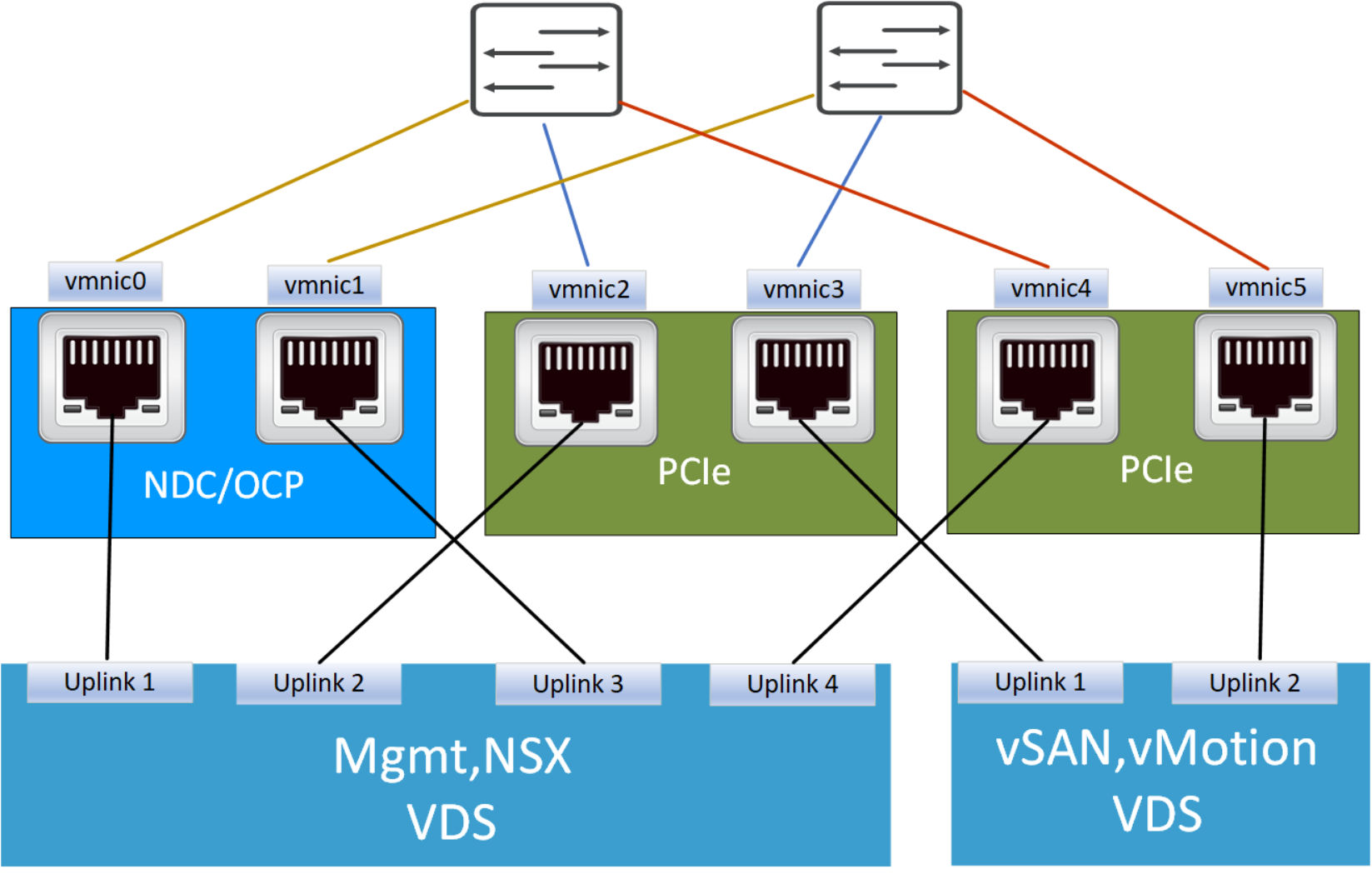
Figure 34. Connectivity option for VxRail nodes with six NICs and two VDSs
If the desired outcome is to further separate non-management VxRail networks, VxRail management networks, and NSX network traffic, you can deploy a third virtual distributed switch. This third virtual distributed switch is solely for NSX traffic, so the underlying VxRail cluster is built with four NICs to reserve two unused NICs for NSX.
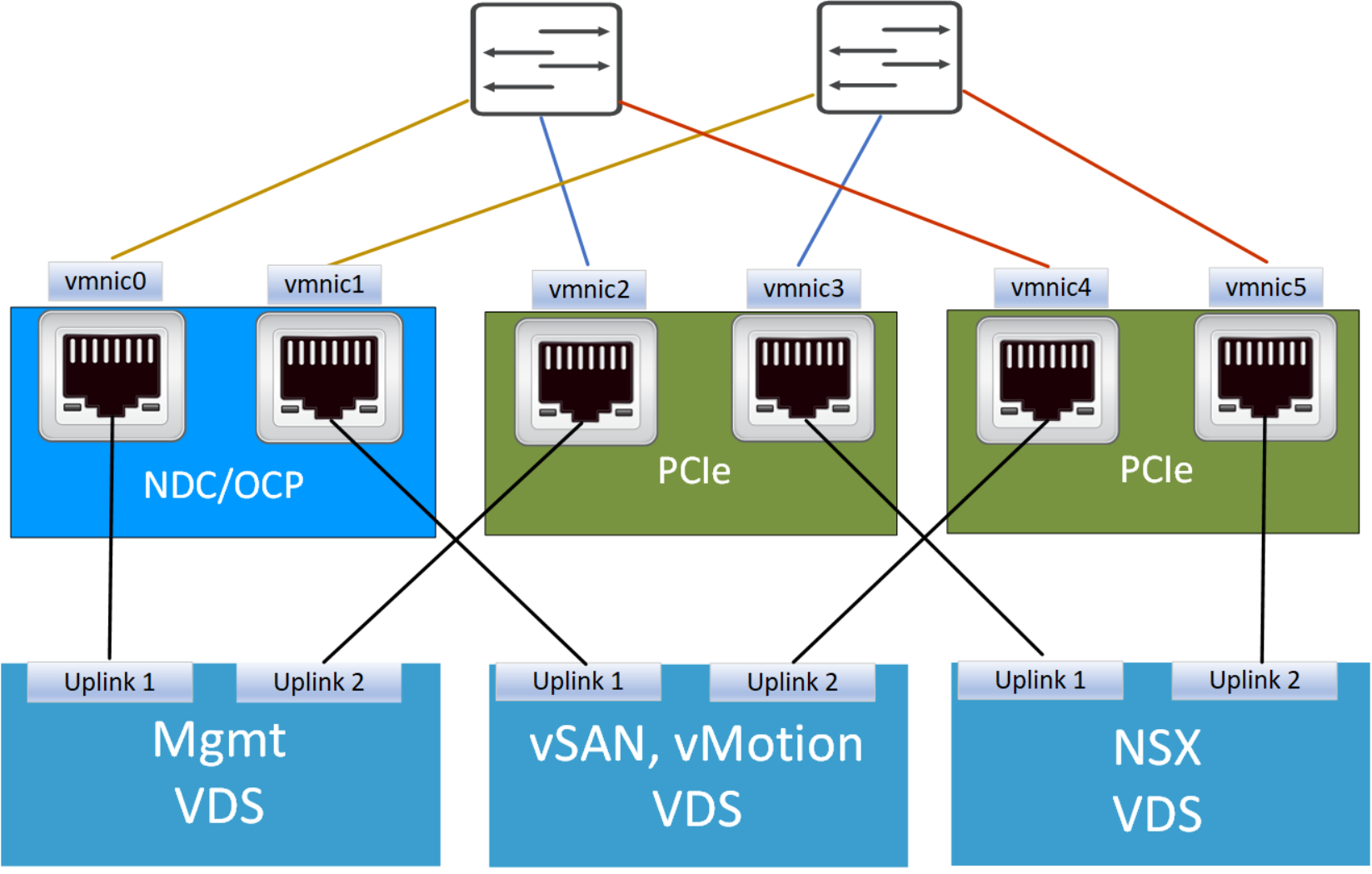
Figure 35. Connectivity option for VxRail nodes with six NICs and three VDSs
In extreme cases in which you want to have dedicated uplinks assigned to the vMotion and vSAN networks, you can deploy Cloud Foundation on VxRail with eight NICs. The 8-NIC option supports up to three virtual distributed switches to support VxRail and NSX networking. If you prefer two virtual distributed switches, then the NSX networking shares a virtual distributed switch with VxRail management traffic.
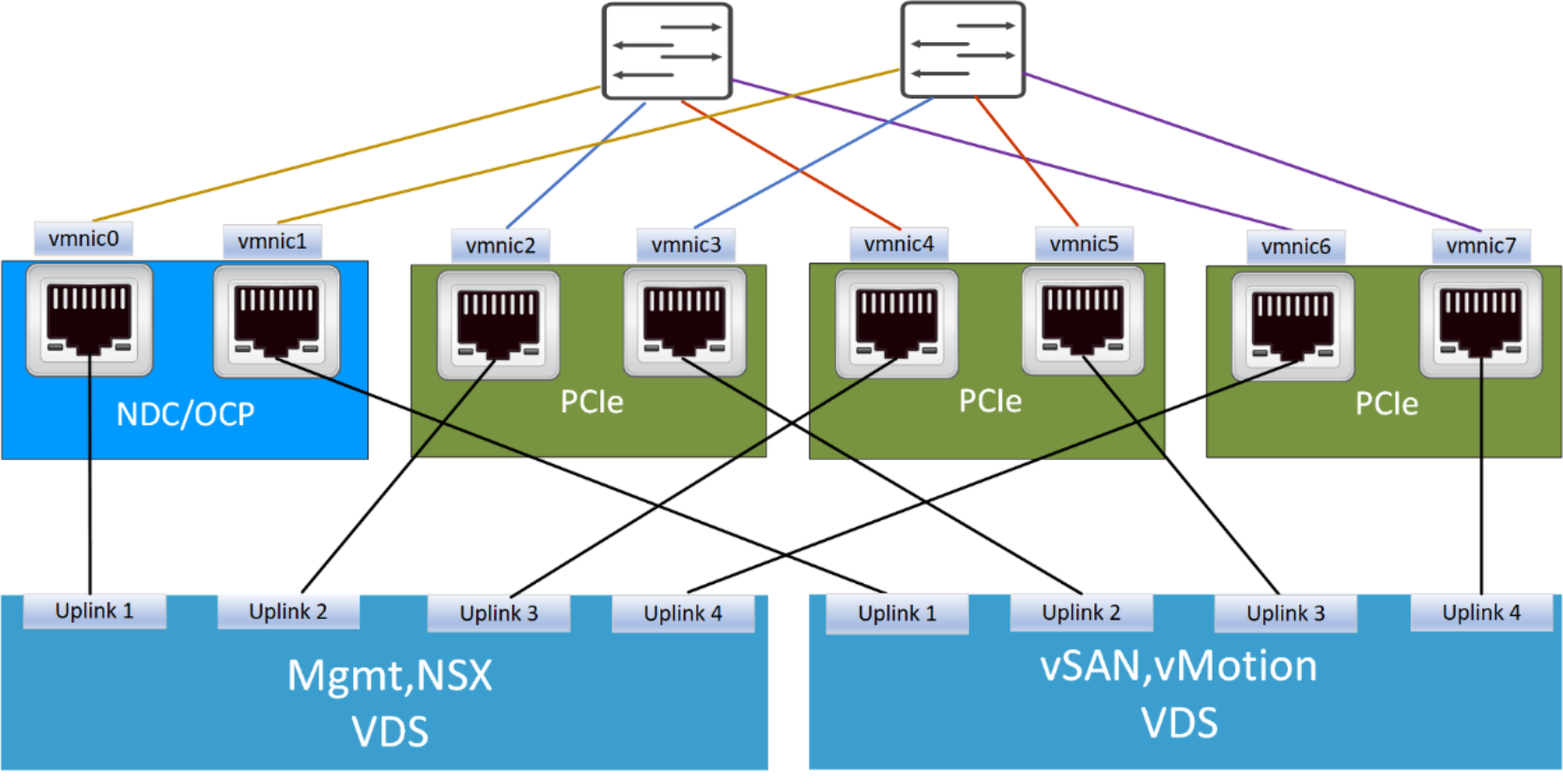
Figure 36. Connectivity option for VxRail nodes with eight NICs and two VDSs
If you want further segmentation of the VxRail management networks (VxRail non-management networks and NSX), you can deploy a third virtual distributed switch to support NSX traffic. With this option, two unused NICs are required for the third virtual distributed switch dedicated to NSX network traffic.
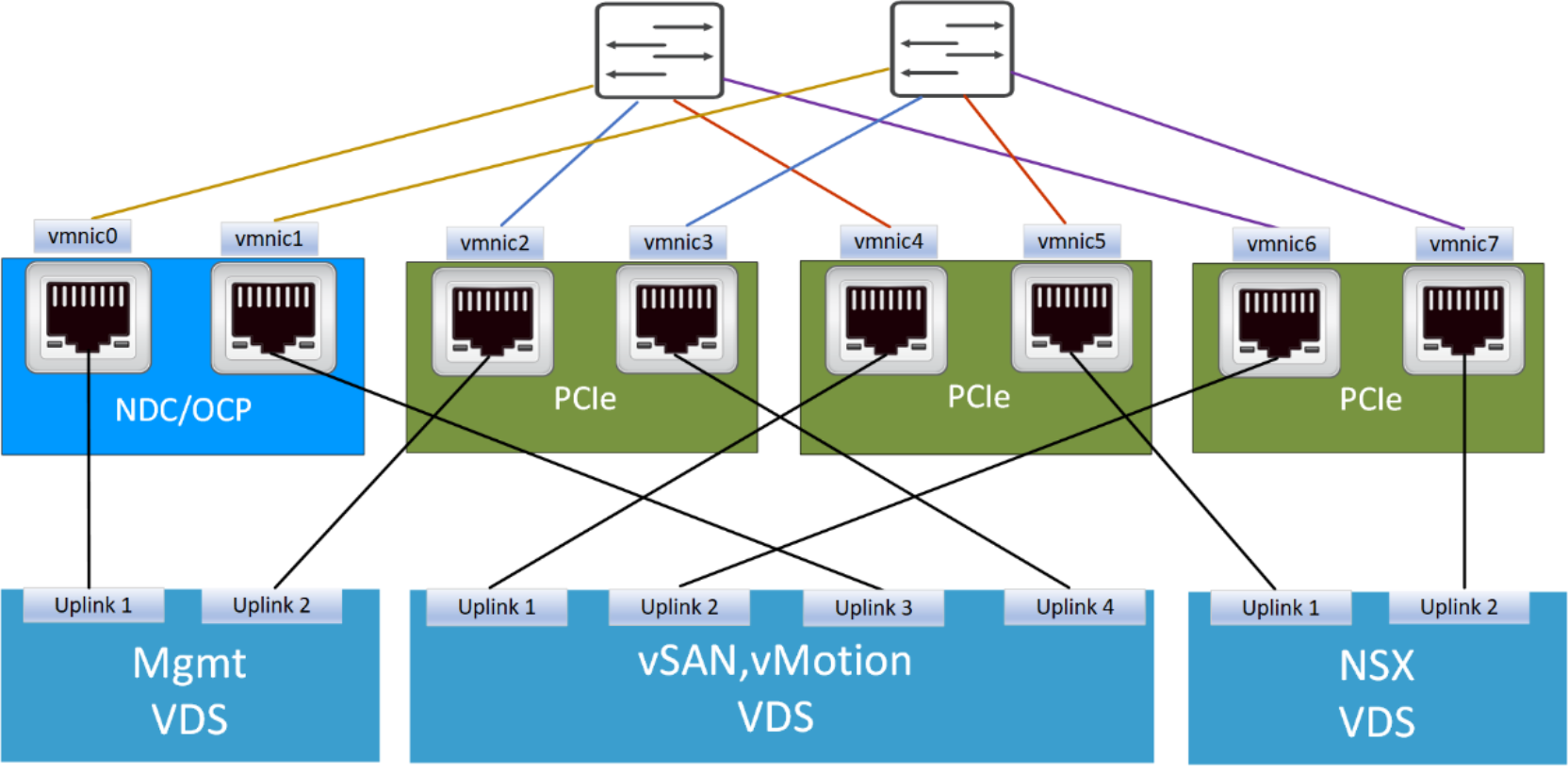
Figure 37. Connectivity options for VxRail nodes with eight NICs and three VDSs
The reservation and assignment of the physical ports on the VxRail nodes to support Cloud Foundation on VxRail networking is performed during the initial deployment of the VxRail cluster. Dell Technologies recommends that careful consideration be taken to ensure that sufficient network capacity is built into the overall design to support planned workloads. If possible, Dell Technologies recommends an overcapacity of physical networking resources to support future workload growth.
